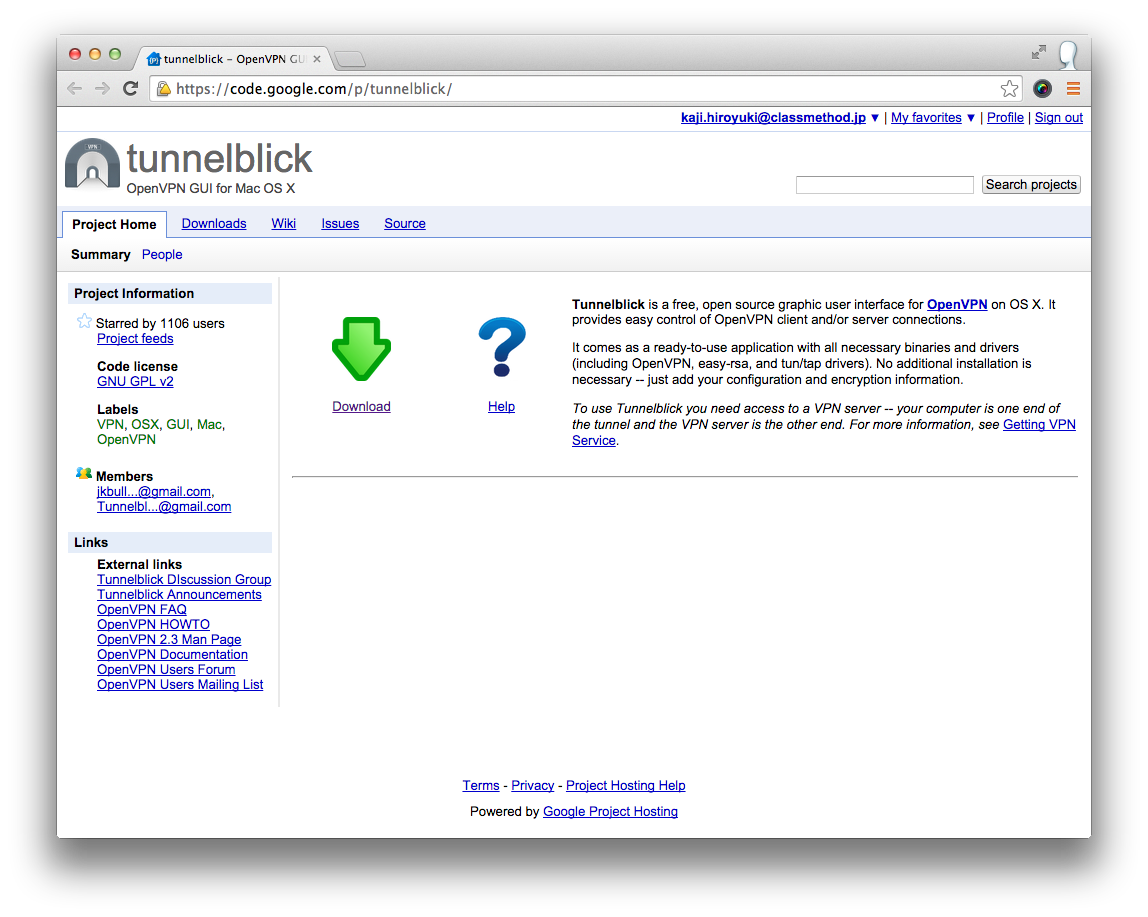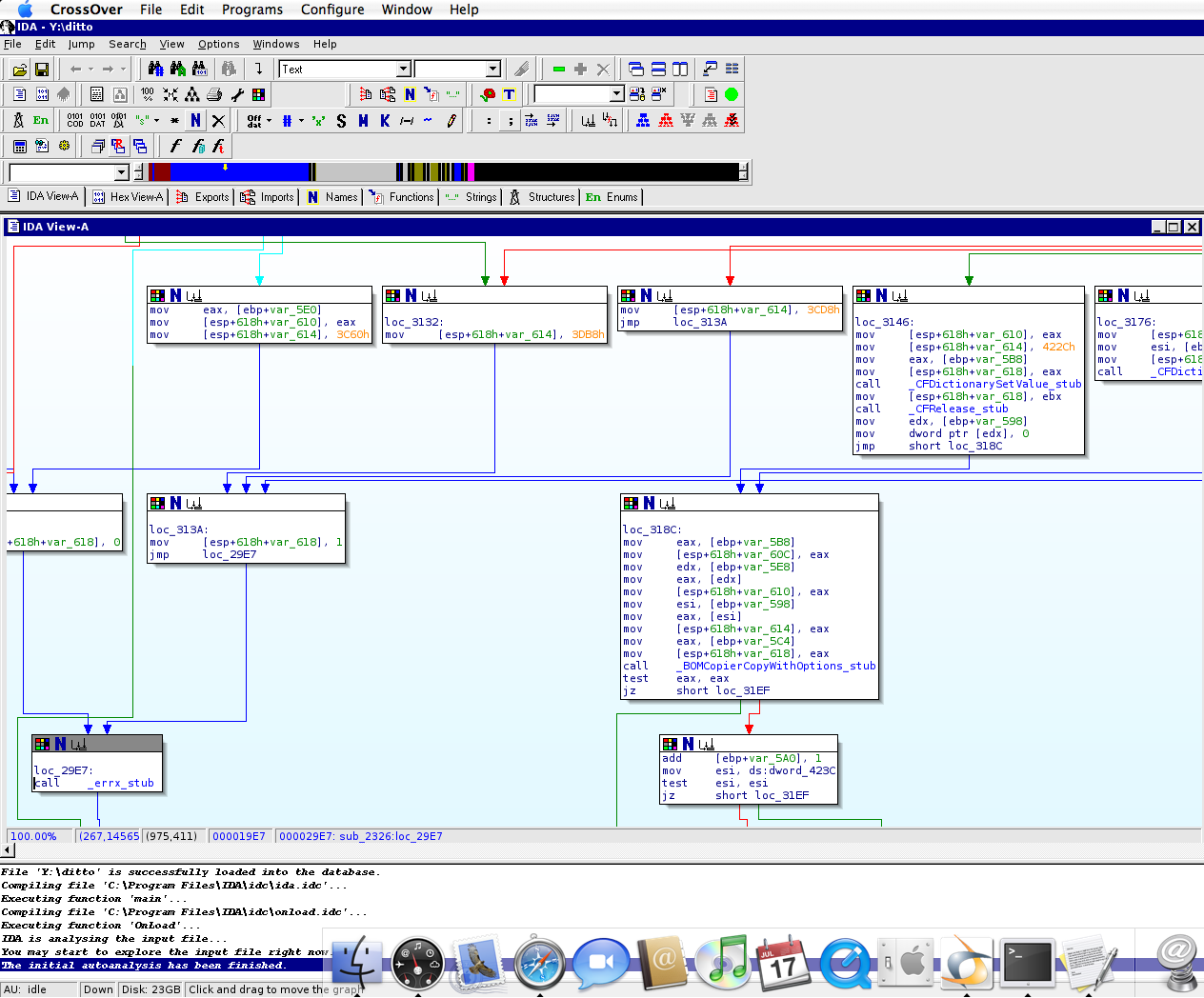
You want to keep this intact! So cautious prying in this area. There is a connecting ribbon that connects the side buttons to the main circuit board, DO NOT try to remove this.Continue popping open the clips until you are all the way around the remote until you reach the side buttons.(If needed, look ahead in this tutorial to see the location of the clips. Carefully turn/twist the screwdriver to pop the clips around the outside of the remote.Insert the larger prying screwdriver using the small 2 mm screwdriver.The reason you want to use the knife first is to reduce plastic chipping when inserting the 2 mm eyeglass' screwdriver. First, insert the knife blade, so you can get your sharp screwdriver tip in.I prefer to work along the lower part of the red band around the controller (knicks in the plastic will be less noticeable). We will want to start on the bottom of the controller first, then work up the side that does not have buttons on it. This plugin can be referenced from the command line tool using 8x300 as its identifer.ĬPU backends currently supported: 8x300, 8x305.This will be the hardest part. This CPU core plugin allows you to disassemble 8x300 code, used in early signal processing equipment in the 70s and early 80s. This can be changed via the usual Hopper CPU mode setting facilities. The default CPU mode has both accumulator and index registers set to 8 bits each.Detect emulation bit being set or cleared.

Properly relocate files in the entire address space with BSS sections around data segments.The scripts use a nicer wrapper API around the strictly procedural Hopper python API, otherwise the scripts are self-contained. They should run on latest Hopper 4 on macOS and Linux. Automatically add I/O register labels for MELPS 7700. Some of my Hopper scripts that are polished and general enough to be potentially useful to others.Add support for more 65816 variants if any are found in the wild.This plugin can be referenced from the command line tool using 65816 as its identifer.ĬPU backends currently supported: 65816, MELPS 7700. This CPU core plugin allows you to disassemble 65816/65802 code, used in some of home computers of the 80s, and early 90s, for industrial automation or other specialised tasks where a microcontroller is needed, and in the Super Nintendo/Super Famicom games console. Rebuilding the test binaries requires having the AS Macroassembler command line tools available in your PATH variable.

The MOS 6510 is used in the Commodore C64 microcomputer, where all sort of trickery is commonly used.

A way to properly model stack changes (ie.Alternate syntax for extended opcodes (i.e.Properly relocate files in the 64k address space with BSS sections around data segments.Add support for more 6502 variants if any are found in the wild.Attempt to reject files too big for address-space reduced chip variants.Properly handle the extra registers present in the R65C19 variant.Negation for hexadecimal, decimal, and octal types.This CPU core plugin allows you to disassemble 6502/65C02 code, used in loads of home computers of the 70s, 80s, and early 90s, and in industrial automation or other specialised tasks where an MCU is needed. Plugins currently available in the repository:


 0 kommentar(er)
0 kommentar(er)
